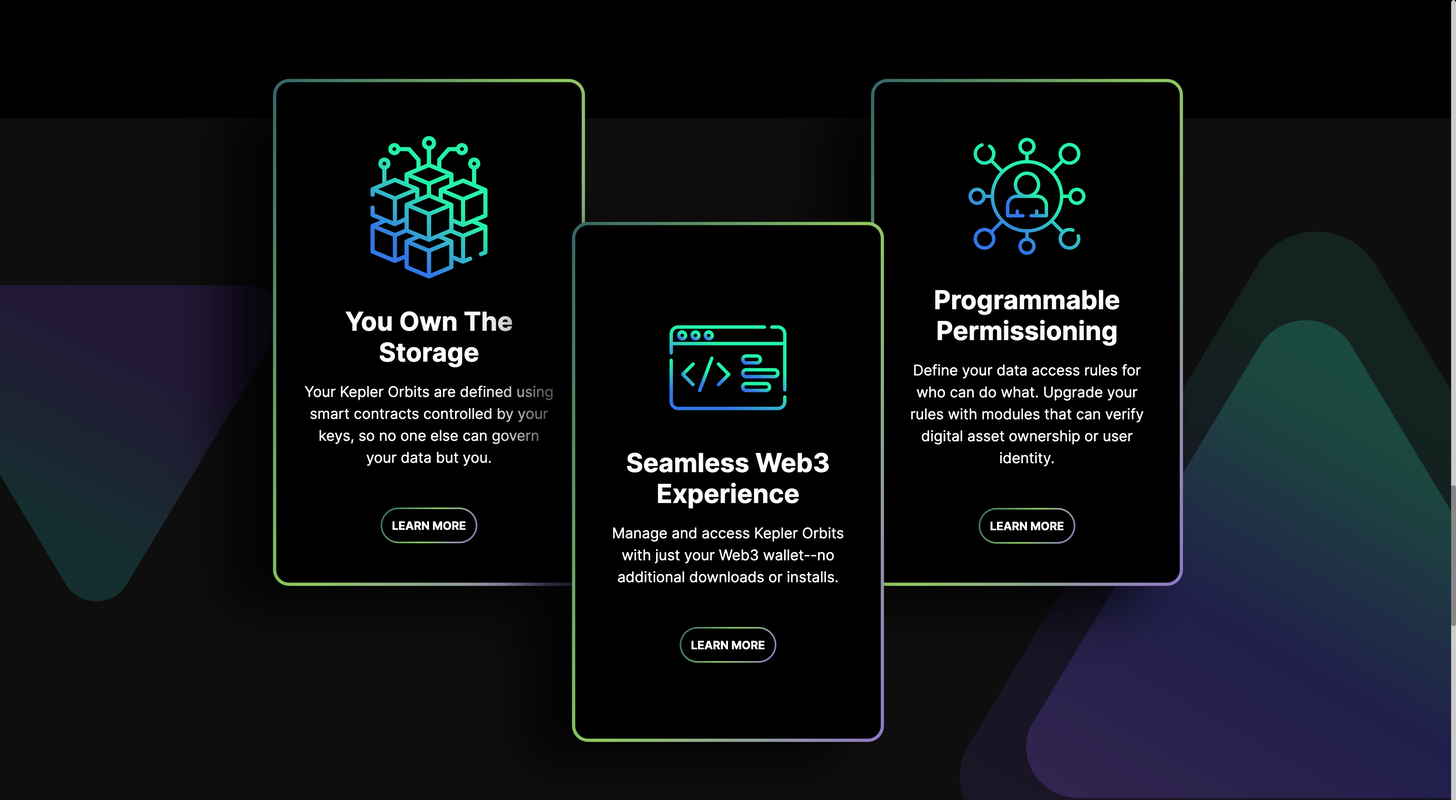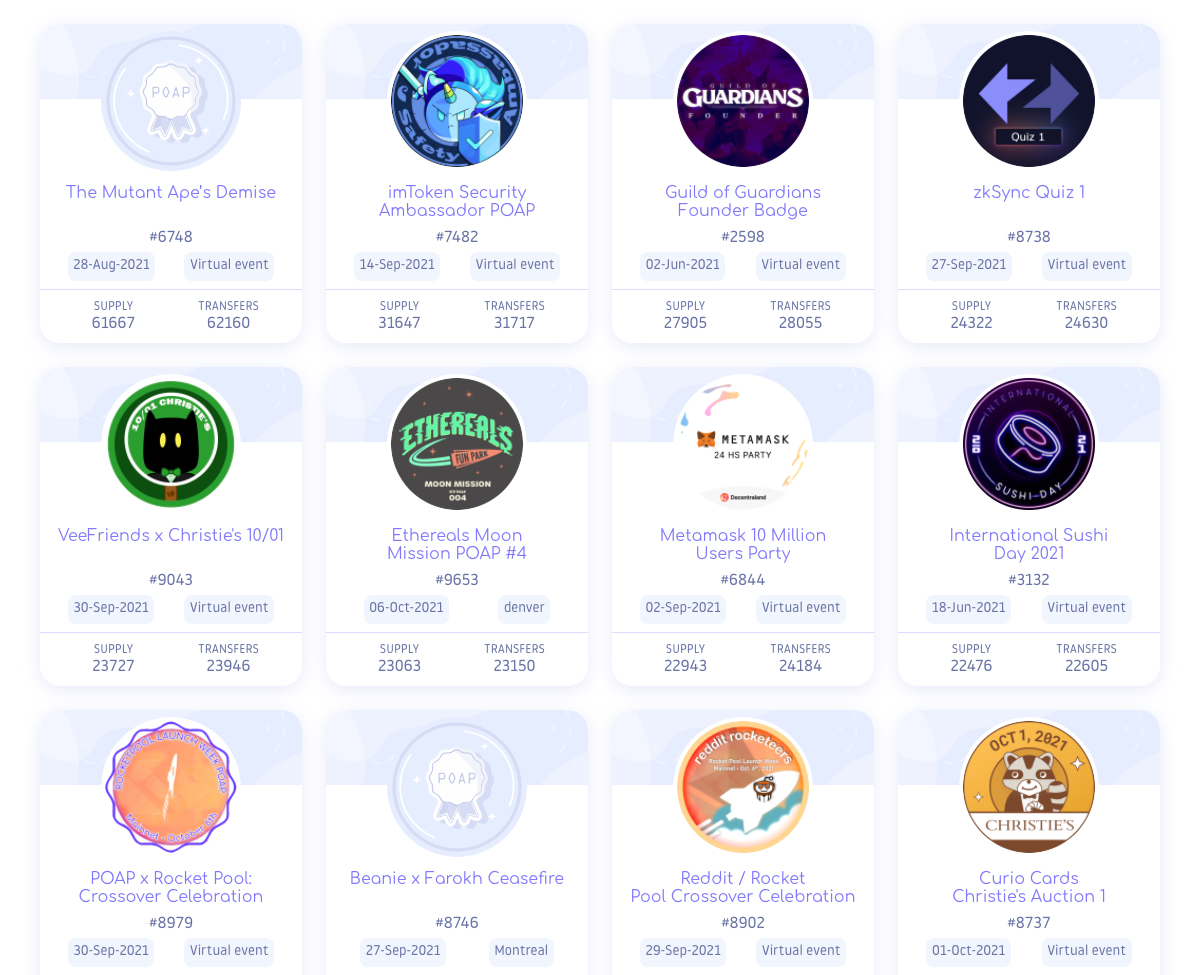A brief discussion on new trends in encryption use cases, who are the key players in the Web3 digital reputation and identity space?
Written by: Kerman Kohli
Reputation and identity are the next important areas to unlock new categories of cryptocurrency use cases. However, these terms evoke many different products, services, and ideas. This article attempts to start categorizing the various digital reputation carriers that currently exist and illustrate how they play a key role in defining our online identities.
These are not definitive but rather a starting point, and feedback/comments are very welcome! They are not perfect, but I hope they help capture the rough subjective nature of each vector.
Social Reputation (Social Media)
This is the main category that currently exists, where user-generated content can be uploaded, and peers can evaluate and create status systems within that specific ecosystem. Social reputation systems are often created alongside social graphs, representing a subjective interpretation of value rather than an objective one (people's views on your work rather than the purpose of the work). Here are two classic examples that fit the criteria:
Twitter: Users can upload tweets containing text, and other users can like, retweet, and follow to create a social graph of perceived value. Having many followers and other highly regarded users as your followers creates a reputation of perceived value because people think, "If credible person X follows Y, then Y must be somewhat credible in X's eyes."

Github: Developers can write code in public repositories. Being a major contributor to a repository with many Github stars creates a status and reputation within the developer community. As a developer, your reputation is as good as the repositories and organizations you are associated with. That is, as a major Bitcoin/Ethereum core developer, given the number of "stars" on the main repository, you would gain a lot of reputation.

I believe there are many other social reputation mediums, but they do not dominate in Web3.
Contribution Reputation (LinkedIn)
Unlike social reputation, contribution reputation is more objective, depending on the actual work you do rather than others' perceptions of your work. Given the transparency and loosely coupled nature of DAOs, this is an emerging area that transcends Web2 engineering and tracks all contributions in Web3. I believe there are several strong competitors at play here:
Gitcoin: Projects can create bounties/tasks for others to complete, and users can earn tokens/stablecoins by completing the aforementioned tasks. Contributions to tasks are tracked on-chain and help users build a reputation for completing tasks with clear objectives. While this has similarities to Github, the difference is that this particular reputation vector is highly defined and narrow, i.e., 0xabc completed a writing bounty for project X and earned Y amount of tokens.

Coordinape: Many contributors in a DAO can evaluate each other's work, attempting to classify who contributed the most and created the most value. Assuming DAO members evaluate other members based on the quality of work and effort rather than social influence, Coordinape is a powerful tool that can track contribution reputation within the DAO's native environment.

Layer3.xyz: Similar to Gitcoin, but more focused on DAO contributors and community members, users can earn bounties directly from the DAO by completing work. These contributions are tracked both off-chain and on-chain. Ultimately, over time, the best users will have more data points to track.

Data Solutions (AWS/GCP)
This may be a more novel and exciting area that we will start to see take off in the coming years. The concept of autonomous data and distributed storage of data is still in its infancy for us. There are two noteworthy competitors deeply working in this field:
Ceramic Network: The whole idea is somewhat like Amazon S3, but databases can be verified on a permissionless data network, and database operations are authenticated using private/public key pairs. Unlike IPFS, you can update data, but there is greater granularity in how data changes/updates/stores. Disclosure: I am an investor in Ceramic's founding company, 3Box Lab.

Kepler (by Spruce): Similar to Ceramic Network, Kepler allows users to own their data and allows applications to access data that users consent to. As I understand, given that its main product Spruce links multiple Web3 identities, Kepler focuses more on using this data capability for authentication purposes (which we will discuss later).


Identity Providers (SSO)
When it comes to identity, people usually refer to providers that connect on-chain identities with off-chain identities. Personally, I don't think this is the future of expanding trust in decentralized systems, although I acknowledge they have their own use cases to meet certain specific needs. In my view, the main reason for using identity providers is to provide hard Sybil protection, at the cost of introducing some user friction in terms of privacy trade-offs.
The major player in this field may be BrightID, which requires you to prove you are human through some new mechanisms. It is not as restrictive as KYC, but it is still a bit of a hassle. Even if you have been verified once, you still need to verify repeatedly afterward.


Certificates (Affiliate Marketing)
The most recently emerging category of reputation may be the credential layer. This is purely made possible by the open and public datasets available in cryptocurrency. Many credential providers and applications check whether users performed certain actions at a specific point in time and issue in-app badges or on-chain NFTs to endorse this credential. The main competitors emerging in this field are as follows:
RabbitHole: Creates "tasks" for users to drive product usage in other protocols. Users receive free tokens, and protocols gain actual usage. Below are some examples of tasks that users can earn "certifications" through their web3 operations and behaviors.
The coolest part here is that you can see the composability of RabbitHole when using BrightID. I truly believe we will see the composability of reputation and identity become a major theme in digital reputation.

Galaxy: A somewhat new credential provider. Their approach is to collaborate with projects and create competitions that generate certificates for users. Compared to RabbitHole, their argument revolves more around "small challenges" and "small loyalty" activities that lead users to collect NFTs. They also attempt to become identity providers through their GalaxyID product.

Sismo: A more interesting provider in the credential space. They use zero-knowledge proofs to mint credentials/badges across your arbitrary number of wallets without revealing which wallet contains the badge. This approach is novel as it demonstrates how zero-knowledge proofs can play a role in the next frontier of cryptocurrency.

POAP: Also known as the Proof of Attendance Protocol. NFTs are issued to those who attend virtual or physical events, even proving that they actually attended. These NFT credentials can then be utilized in users' wallets to create a set of badges that display their participation history.


Scores
A primitive means of continuously evaluating user behavior through predefined algorithms. Scores are dynamic, data-rich, and verifiable. Unlike other carriers of digital reputation we have seen in the past, Scores can extract data from both on-chain and off-chain sources and make it available in a quantifiable manner for on-chain and off-chain use.
Given that Scores have the potential to be used on-chain (in an effective way through Merkle roots), they can create meaningful differentiated user experiences for reputation that are most ideal for the protocol. Since algorithms are used to evaluate behavior rather than humans, they essentially allow trust to scale faster and more broadly.
Conclusion
As you can see, the emerging fields of reputation and identity in cryptocurrency are very exciting, with many interesting developments set to enter the market in the coming months and years. What is truly clever is that many of these reputation carriers can be composable and remixed as APIs.










